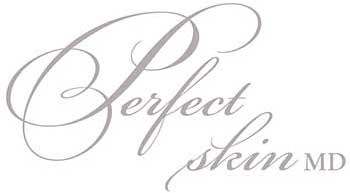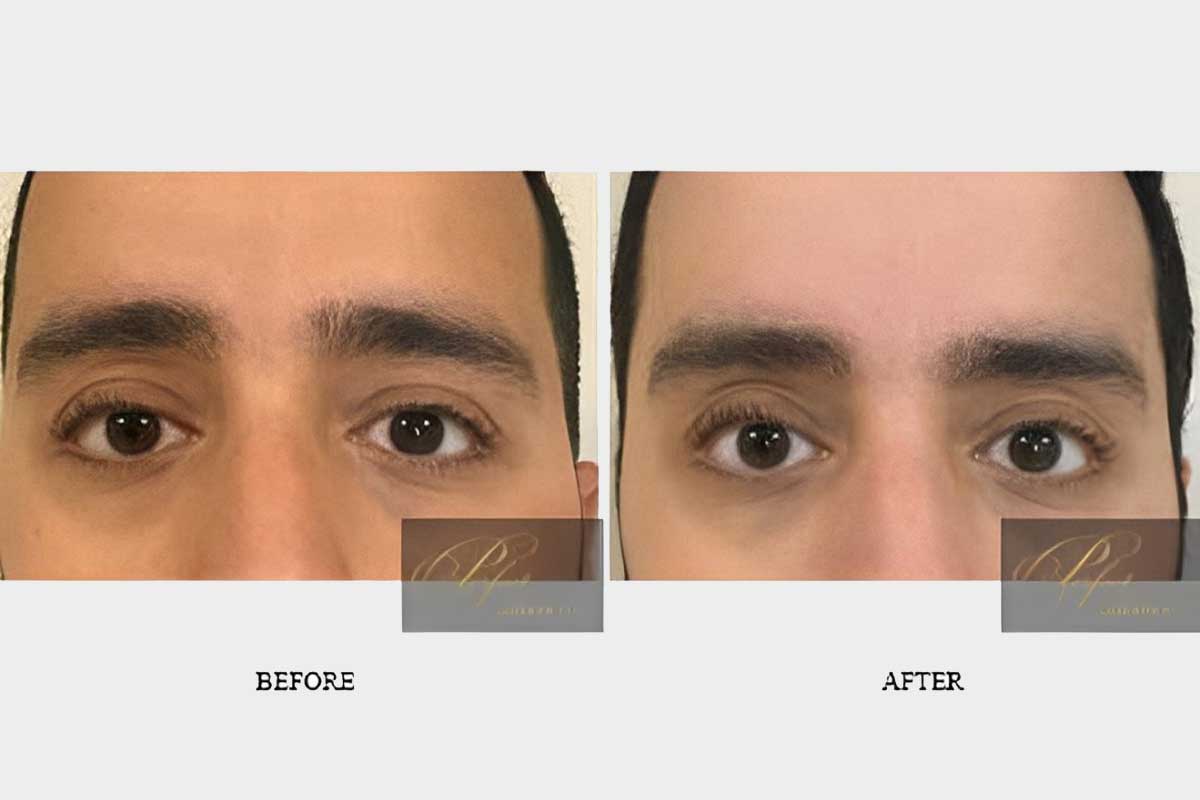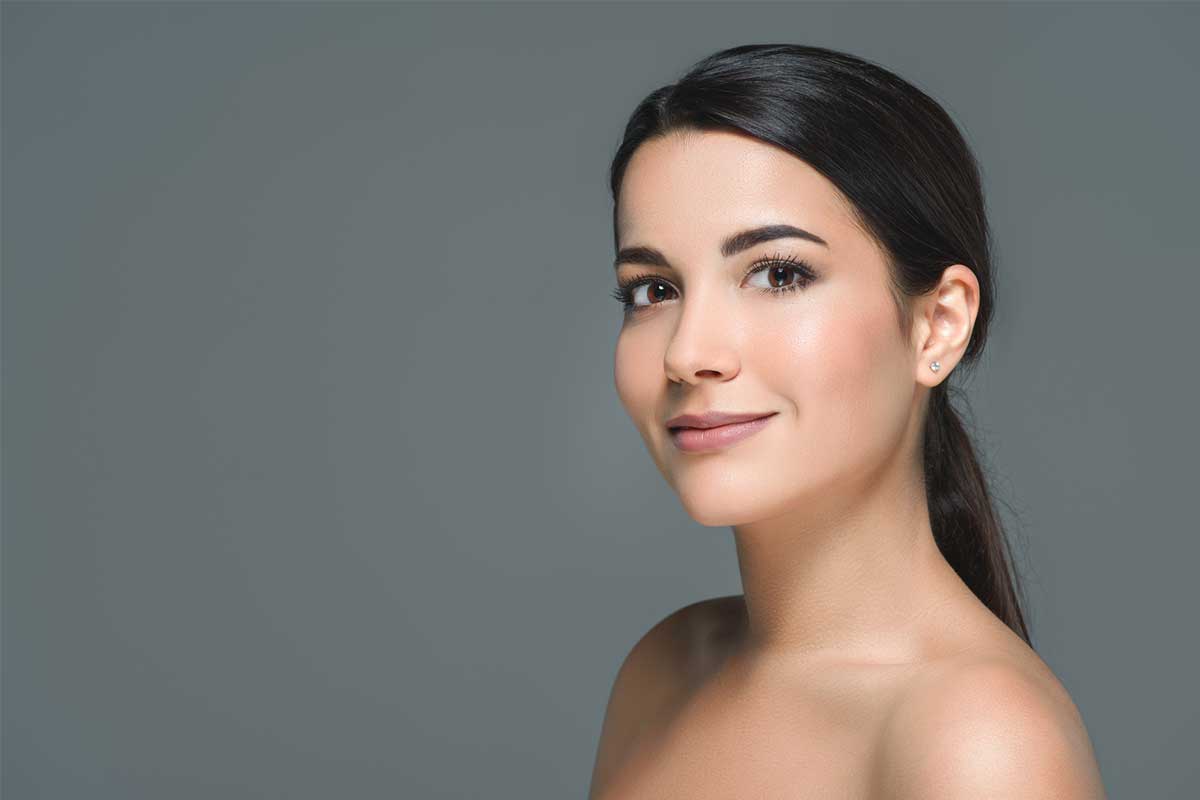
03
Feb
What are the Benefits of PRP Injection Treatment for Hair in Juno Beach, Florida?

PRP injection treatment for hair regrowth is one of the latest methods for restoring hair growth. Unlike many other hair growth techniques, the matrix used in the PRP injection treatments is derived from the patient’s own cells. People who experience mild to moderate baldness may benefit from this new and innovative treatment option.
How does PRP injection treatment work?
PRP stands for platelet-rich plasma. The matrix that is used in the treatment is derived from the patient’s cells. The individual’s blood is drawn, and the platelets are separated and activated. Once activated, the platelets release growth factors which stimulate stem cells in the hair follicles to cause new hair growth. The platelets are concentrated to be several times higher than that in typical blood/plasma.
Benefits of PRP hair restoration
PRP hair restoration techniques offer many benefits. There are very few side effects because the PRP mixture is made from the patient’s own blood cells. The process is minimally invasive and almost painless. The entire process only takes about 15 minutes with very little, if any, recovery time. By using PRP injections, the hair’s growth cycle is controlled, preventing the loss of old hair and encouraging the growth of new hair.
Who is a good candidate for the PRP injection treatment?
Anyone losing hair from natural or genetic causes is a good candidate for the PRP Injection. To determine if you are eligible, call your local dermatologist to see about an evaluation. By reviewing your medical/hair loss history and asking you a few simple questions, she can find out if you would be a good candidate for the procedure.


